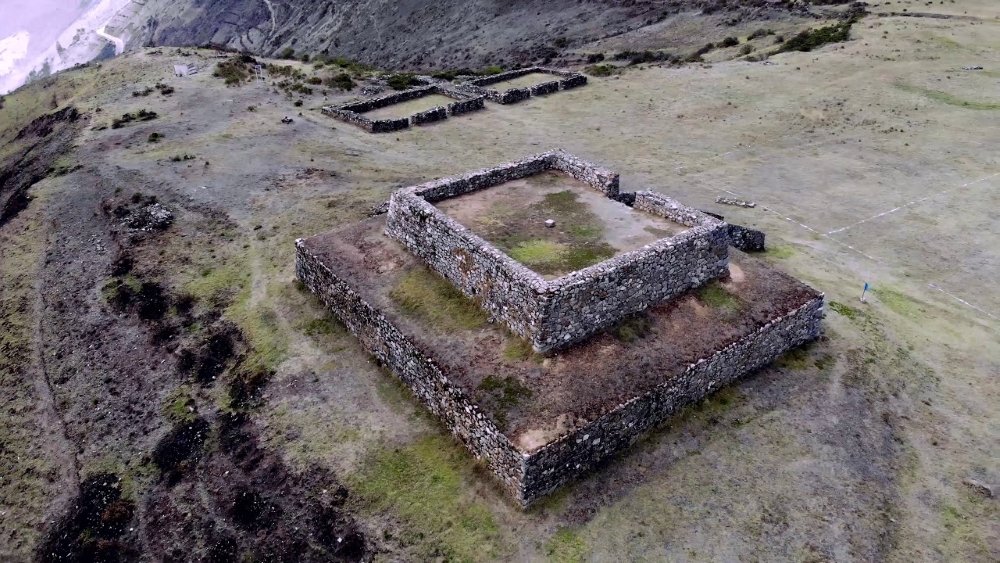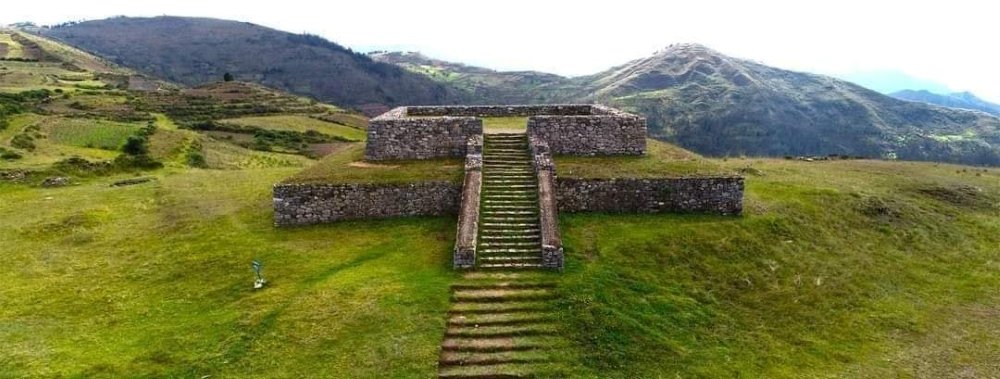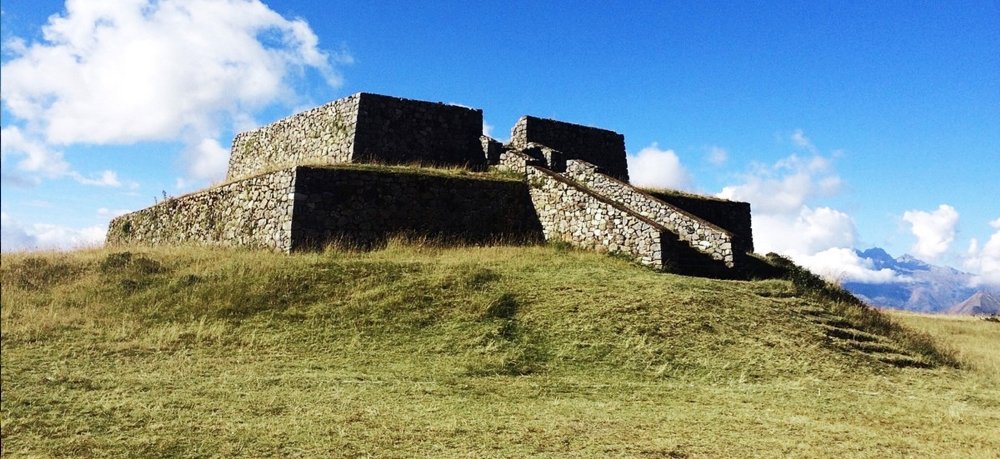Curamba Archaeological Complex | Apurimac
The Curamba Archaeological Complex is a historical site located in Peru, in the Apurimac region, specifically in the province of Abancay. This archaeological complex is known for its pre-Inca constructions, belonging to the Chanka culture, which flourished in the region before the arrival of the Inca Empire.
Curamba consists of architectural structures dating from different historical periods, showing the evolution of human occupation in the region over time. Among the most outstanding features of the complex are the ceremonial platforms, the living enclosures and the terraced farming systems, which show the technical and organizational skills of the pre-Inca civilizations.
History of the Archaeological Complex of Curamba | Apurimac
The Curamba Archaeological Complex, located in the imposing mountains of Apurimac, Peru, treasures a rich history that dates back to pre-Hispanic times. To fully understand the importance of this site, we must embark on a journey through time and learn about the traces left by the cultures that inhabited it.
- The Chankas: the first settlers of Curamba
Archaeological evidence suggests that the first settlers of Curamba were the Chankas, a culture that flourished between 1100 and 1400 A.D. They were characterized by their skill in agriculture, textiles and ceramics, and developed a complex social and political system.
- The arrival of the Incas and the transformation of Curamba
Around the 15th century, the Incas expanded their empire to the south, conquering the Chankan territories. Curamba, due to its strategic location and natural resources, became an important Inca administrative and religious center. The Incas took advantage of the pre-existing Chankan constructions and modified them to adapt them to their own architecture and worldview.
- Curamba after the Spanish conquest
With the arrival of the Spanish in the 16th century, the Inca civilization was abruptly interrupted. Curamba, like many other archaeological sites, was abandoned and its structures were damaged and looted. Despite this, the site retains its essence and historical value, offering an invaluable testimony of the Inca past.
- Curamba today: a living legacy
At present, the Curamba Archaeological Complex is in the process of restoration and enhancement. Thanks to the archaeological work, the history and functions of the site have been better understood. Curamba has become an important tourist destination that allows visitors to learn about the greatness of the Inca culture and appreciate the beauty of the Peruvian Andes.

What can we find in the Curamba Archaeological Complex?
Within the Archaeological Complex of Curamba, visitors can find a variety of structures and features that provide a fascinating insight into the life and culture of pre-Inca civilizations in the region. Some of the things that can be found there include:
- Ceremonial platforms: These are elevated structures that were likely used for ceremonial and ritual purposes. They may have been important venues for religious or social events.
- Residential enclosures: Remains of structures that were used as dwellings by the ancient inhabitants of the region can be found. These enclosures can vary in size and design, offering insights into the social organization and daily life of the people who lived in Curamba.
- Terrace farming systems: One of the most impressive aspects of the complex is the agricultural terraces built on the mountainsides. These systems allowed for the cultivation of crops on mountainous terrain, demonstrating the engineering and agricultural knowledge of the pre-Inca civilizations.
- Archaeological remains: Among the ruins scattered throughout the complex, it’s possible to find fragments of pottery, stone tools, and other artifacts that shed light on the daily life and cultural practices of the ancient inhabitants.
- Natural landscape: In addition to the archaeological structures, the complex offers breathtaking views of the surrounding mountain landscape. Visitors can enjoy the natural beauty while exploring the ruins.
In summary, the Archaeological Complex of Curamba offers an enriching experience for those interested in the history, archaeology, and culture of Peru, providing a fascinating glimpse into the pre-Inca civilizations that once thrived in the region.













